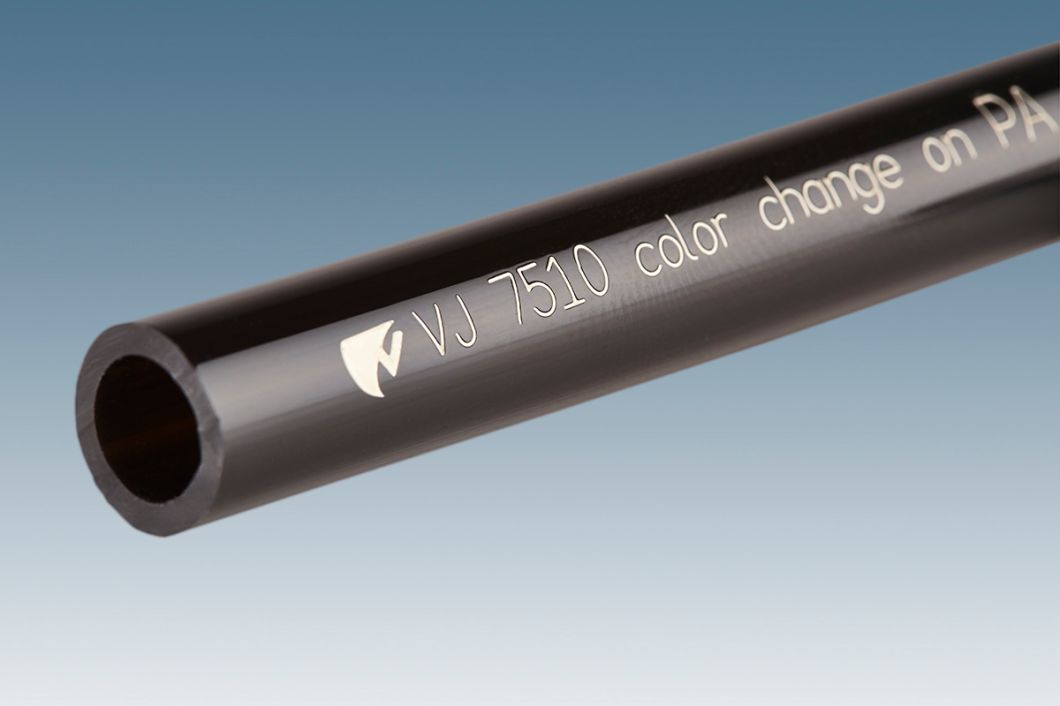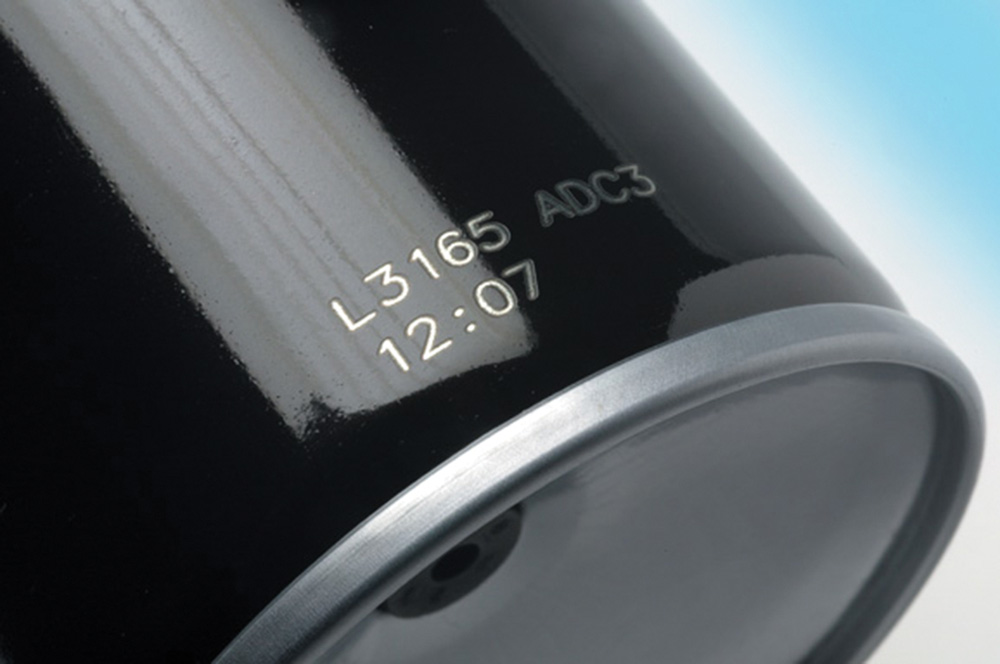CO2 laser is based on a mixture of carbon dioxide and specific other elements that is stimulated electrically. The laser beam is then guided to the application surface by the series of mirrors. CO2 laser engraving is great for coding on glass, paper, plastic and foils.
CO2 laser engraving can be accomplished by high-performance CO2 lasers with speeds of up to 2,100 characters/second used to address high-speed and high-volume marking applications on glass and plastic packaging substrates in the pharmaceutical, tobacco and beverage industries. Light Duty CO2 lasers are also widely available and can efficiently handle simple coding applications across a wide variety of substrates. These provide small and medium-sized operations with the benefits of laser engraving at affordable cost.
CO2 laser engraving process:
Laser engraving machine involves a laser and a controller, and the surface on which the engraving will take place. The laser beam itself is the engraving tool; the controller directs the beam to trace the desired engraved patterns onto the surface. The controller determines the direction, intensity, speed of movement, and width of the laser beam aimed at the surface.
Laser engraving technology is used on production lines where lasers engrave numbers and letters to print dates, expiration codes, and lot numbering of products travelling along the line.
CO2 laser mark effects include:
Color change as a result of a chemical reaction between laser and product
Engraving of the surface, e.g. foaming into PET or etching into glass
Ablation or color removal of the surface coating to reveal alternate color underneath
Carbonization or controlled burning of wood or board-based materials
Melting different plastic materials to achieve either a raised or concave effect
Learn more about using CO2 lasers for printing on PET, engraving on glass, printing on plastic, laser printing on metal surfaces.
Related Articles
Categories
Contact Us
New Equipment Sales:
+254-701-373789



